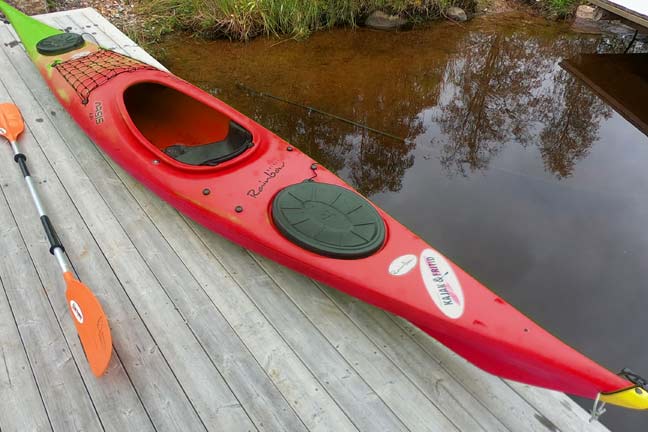

Editor & Article Writer for Outdoor Wilds
What Size Kayak Should I Get?
You might wonder what the difference between a 6-foot and a 12-foot kayak is. Actually, there is a pretty big difference.
There are a few factors that will determine the size of kayak you want to get, especially in terms of the length. If you are wondering, what size kayak should I get, then let’s talk about the 5 most important considerations to keep in mind when trying to choose the best kayak size for you.
Table of Contents - Fast Navigation
What Is Your Skill Level?
One thing to think about when deciding on kayak size is your own skill level. If you have never kayaked before, you are best off getting something a bit shorter and wider.
Yes, longer kayaks require less effort to paddle, they track better, and are a bit faster, but longer kayaks are also harder to maneuver. This also has to do with the width of the kayak as wider kayaks tend to be more stable in the water.
The wider the kayak is, the more of a base it has, and the more leeway you have for lateral movement. Therefore, a shorter and wider kayak is best if you have never kayaked before. One that is 10 feet by 3 feet should be fine for a beginner.
However, if you have a decent kayaking skill level, you can go for something a bit longer and narrower, something that is faster and takes less effort to paddle.
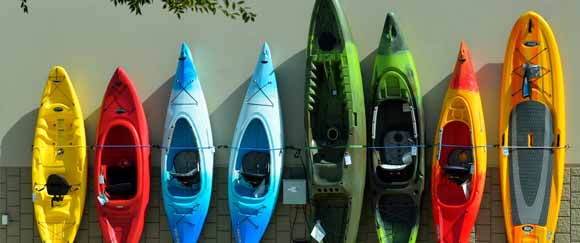
Your Weight and Size
Another important thing to consider when choosing the size of your kayak, is how big you are. It might sound obvious, but many people seem to ignore this.
Simply put, a 6-foot kayak might be fine for kids, but for a large man, it will definitely not do. The larger you are, the longer your kayak needs to be. More or less, this has to do with leg room. If you get a kayak that is too short for you, your legs are going to be cramped in the cockpit, and you won’t be comfortable.
You do also have to think about your weight here. A smaller kayak is not going to be able to hold up nearly as much weight as a longer and wider one. Whatever the case may be, always be sure to check the user weight limit before making a purchase.
A 350 pound man is going to need a kayak that is around 12 feet long for optimal buoyancy.
The Tsunami 14.5 pictured below is a great choice for larger size paddlers.
What Kind Of Kayaking Are You Doing?
What size of kayak you get is also going to depend on the type of kayaking you are doing. If you plan on being on fairly calm waters, you want to move fast, and you want to be out on the water for a long time, you are better off getting something that is a bit longer.
This will end up being more comfortable for you in the long run, you won’t have to paddle as much, and you can keep it straight with ease.
On the other hand, if you plan on doing something like whitewater kayaking, or just being on a fast moving river, you will need something fairly short, between 7 and 9 feet long.
The reason for this is because on rough and fast moving waters, you need a shorter kayak that is more maneuverable and can get around turns easier. Your choice should depend on the type of kayaking you plan on doing.
The Perception Joyride 10 Sit Inside Kayak is a great choice for both for adults and kids starting out.
Transportation
This is another one of those factors that many people seem to neglect during the buying process. Sure, if you live right beside the body of water you want to kayak on, get a big one.
You won’t have to carry it very far, so that is perfectly fine. However, if you need to tie the thing to the top of your car, and potentially carry it a good distance to the water, you will probably want something a bit smaller and lighter, just for transportation’s sake.
Your Price Range
Simply put, a large kayak with more material to it will cost you more than a smaller one. It really all comes down to how much material is used for the kayak, and how much processing needs to be done to work that material into the shape of a kayak.
The larger it is, the more it is going to cost you. it’s really just basic math, but something that needs to be considered nonetheless.
The Sun Dolphin Bali SS 10-Foot Sit-on top Kayak pictured below won’t break the bank.
Conclusion
There you have it, the 5 most important considerations to keep in when choosing the size of the kayak you buy.
You need something that suits your skill level, something that suits the type of kayaking you are doing, as well as something that suits your size and weight, and of course your budget as well.
Read my post If you would like further information on the different types of kayak and where they are best suited for paddling.
Popular Posts
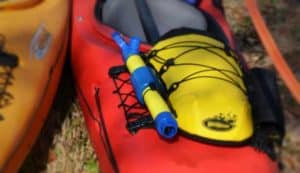
Best Kayak Deck Bag – (Buying Guide 2023)
Today I have 5 deck bags each offering different features and levels of protection to see which is the best kayak deck bag

How To Keep Your Phone Dry While Kayaking
Carrying a mobile phone around with you all the time is now part of life today. Not only do they provide us with many social connections but they also play a very important role in safety, especially while kayaking.

Tips For Kayaking with Action Cameras (Film More Dynamic Footage)
Taking pictures and especially recording video from a kayak is not an easy thing to do. If it is not done with some thought prior to setting out.
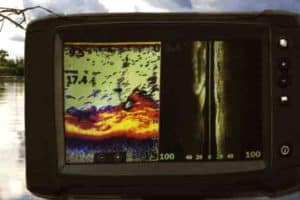
Best Cheap Fish Finder For Kayaks (Buying Guide)
Even when you are just kayak fishing, you still need to be able to actually find the fish
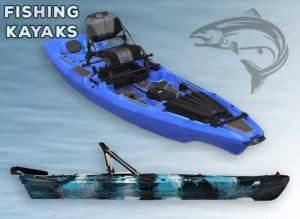
Best Stand-up Fishing Kayak (Buying Guide 2023)
There is no doubt that there are plenty of available options when it comes to stand-up fishing kayak

Best Sit-on-Top Kayak for Beginners
When it comes to water sports, kayaking is one of the most fun things I have ever done.
Useful links:
Popular Articles
As an Amazon Associate I earn from qualifying purchases. Thank you for helping to support the site.







